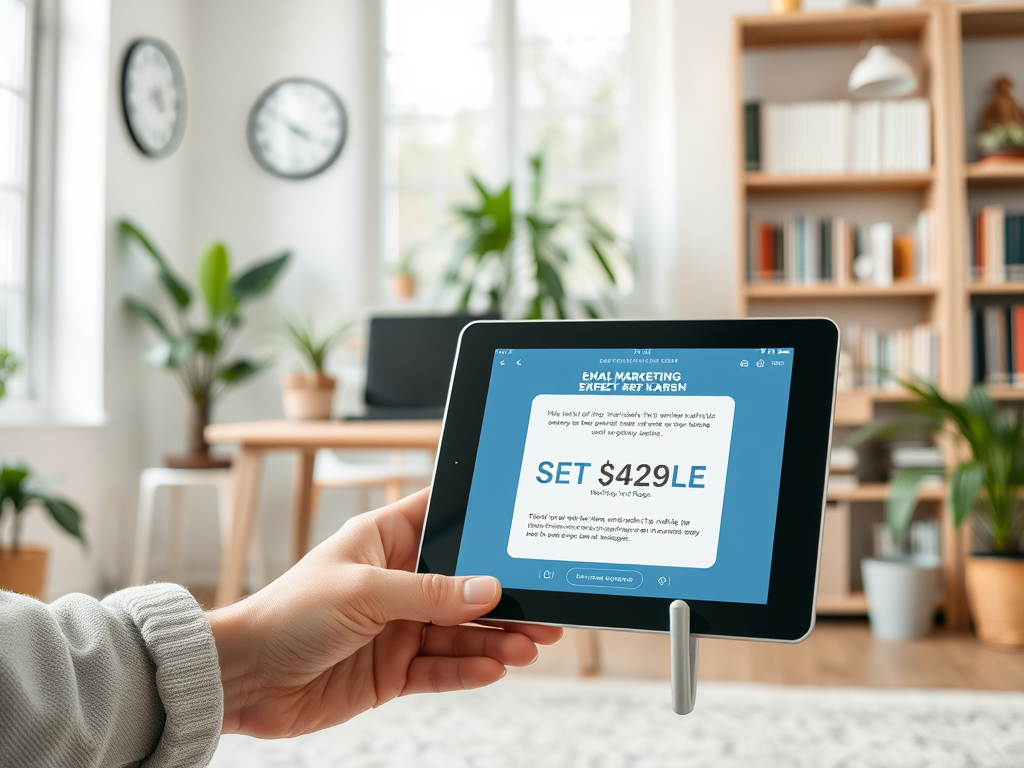In an era saturated with digital communication, email remains a cornerstone of marketing strategies. Businesses are continually searching for methods to stand out in crowded inboxes, and personalization has proven to be a game changer. When done correctly, personalized email content enhances user engagement, fosters customer loyalty, and drives conversions. By tailoring emails to meet the specific preferences and behaviors of recipients, marketers can transform a generic experience into one that feels uniquely relevant. As consumers become increasingly selective about which emails they open, the stakes for personalization grow higher. This article explores effective techniques that can help you craft emails that not only get opened but also spark genuine interest and interaction.
Understanding Your Audience

Before diving into the technicalities of personalization, it’s crucial to establish a foundational understanding of your target audience. Knowing who your audience is, what they care about, and how they behave can significantly enhance your personalization efforts. To gain this insight, you can leverage data collection methods such as surveys, user testing, and analysis of previous email campaigns. Emphasizing the human aspect beneath the data is also essential; understanding customer needs allows for more genuine interactions. Personalized marketing is not simply about algorithms—it’s about connecting with customers on a meaningful level. By tapping into customer data responsibly, marketers can create more relevant and engaging email experiences.
Segmenting Your Email List
One of the most effective strategies for personalization is segmenting your email list. This involves grouping subscribers based on shared characteristics, allowing for tailored messaging that resonates with each segment. Consider the following criteria for segmentation:
- Demographics: Age, gender, location, and income can significantly influence purchase behaviors.
- Purchase History: Segmenting customers by their past purchases can help in promoting relevant products or services.
- Engagement Levels: Active subscribers can be nurtured differently than those who are less engaged.
Utilizing Customer Data
Understanding your audience is not just about demographics; it also includes behavioral data collected from various interactions. Tools such as analytics platforms, CRM systems, and even social media insights can provide invaluable information. By analyzing this data, marketers can gain insights into preferences, behaviors, and trends. These insights can then be used to create content that speaks directly to the interests of different segments. The goal here is to make your content not just pertinent but engaging at a deeper level. Ultimately, better data leads to better personalization, enhancing customer satisfaction and loyalty.
Techniques for Personalizing Email Content

With a clear understanding of your audience and a segmented email list, you can now explore specific techniques for personalizing your email content. These methods can significantly enhance the relevance of your communications, increasing the chances of engagement.
Dynamic Content
Dynamic content refers to sections of your email that change based on the recipient’s data. For instance, you might showcase different products to different segments of your audience. Take a look at the table below for some examples of what dynamic content looks like:
| Segment | Dynamic Content Example |
|---|---|
| New Subscribers | Welcome message with introductory offers. |
| Frequent Buyers | Recommendations based on past purchases. |
| Inactive Users | Re-engagement offers or surveys to understand their lapse. |
Personalized Subject Lines
The subject line is your first opportunity to make an impression, and personalizing it can greatly improve open rates. Here are some tips to consider when crafting personalized subject lines:
- Incorporate the Recipient’s Name: This simple technique can immediately draw the recipient’s attention.
- Highlight Relevant Offers: Make sure the subject reflects the content of the email and any special deals.
- Create Urgency: Phrases like “limited offer” or “exclusive access” can encourage immediate action.
Enhancing User Experience Through Personalization
Personalization is not merely about sending the right message; it’s also about creating a seamless user experience. Each touchpoint should feel tailored and considerate of the user’s preferences.
Customizing Email Layouts
The layout of your email should also consider user preferences. For example, mobile users might prefer simpler, more visual designs, while desktop users might appreciate richer content. Tailoring the layout can significantly improve engagement. Here are some design elements to consider:
- Visual Hierarchy: Use headings, images, and bullet points to make the content easy to digest.
- Call-to-Action (CTA) Placement: Ensure CTAs are prominently placed and easy to find.
- Colors and Fonts: Choose colors and fonts that align with your brand while also considering readability.
Timing and Frequency
Finally, the timing and frequency of your emails can greatly influence engagement. Analyzing when your audience is most responsive allows you to optimize send times, leading to higher open and click-through rates. Experimenting with frequency can also yield valuable insights; too many emails may lead to unsubscribes, while too few may result in a lack of engagement. The key is to strike a balance. A/B testing can be particularly useful in determining the optimal frequency and timing for your audience.
Measuring the Success of Personalization
To truly harness the power of personalization, tracking and measuring the success of your campaigns is paramount. This involves not only understanding how well your emails are performing but also adjusting your strategies based on those insights.
It’s vital to focus on key performance indicators (KPIs) that reflect the effectiveness of your personalization strategies. Here are some metrics you should consider:
- Open Rates: Measure how often your emails are opened compared to how many are sent.
- Click-Through Rates (CTR): This shows how many recipients clicked on links within your emails.
- Conversion Rates: Track how many recipients took the desired action, such as making a purchase or signing up for a webinar.
Итог
Personalizing email content is no longer just an option; it is a necessity in today’s marketing landscape. By understanding your audience, utilizing data intelligently, and applying various personalization techniques, you can create emails that resonate deeply with recipients. Personalization not only fosters engagement but also builds trust, transforming one-time interactions into long-lasting relationships. Implement the strategies discussed in this article to enhance your email marketing efforts, and watch as your engagement rates soar.
Часто задаваемые вопросы
- What is email personalization? Email personalization involves tailoring content and messaging to individual recipients based on their preferences and behaviors.
- Why is personalizing email content important? Personalized emails have higher engagement rates, leading to better customer relationships and increased conversions.
- What are effective ways to segment an email list? Segmentation can be based on demographics, past purchases, interests, and engagement levels.
- How can I collect customer data for personalization? Use forms, surveys, and analytics tools to gather data on user preferences and behaviors.
- What metrics should I track to measure success? Focus on metrics like open rates, click-through rates, and conversion rates to assess the impact of your personalized emails.
